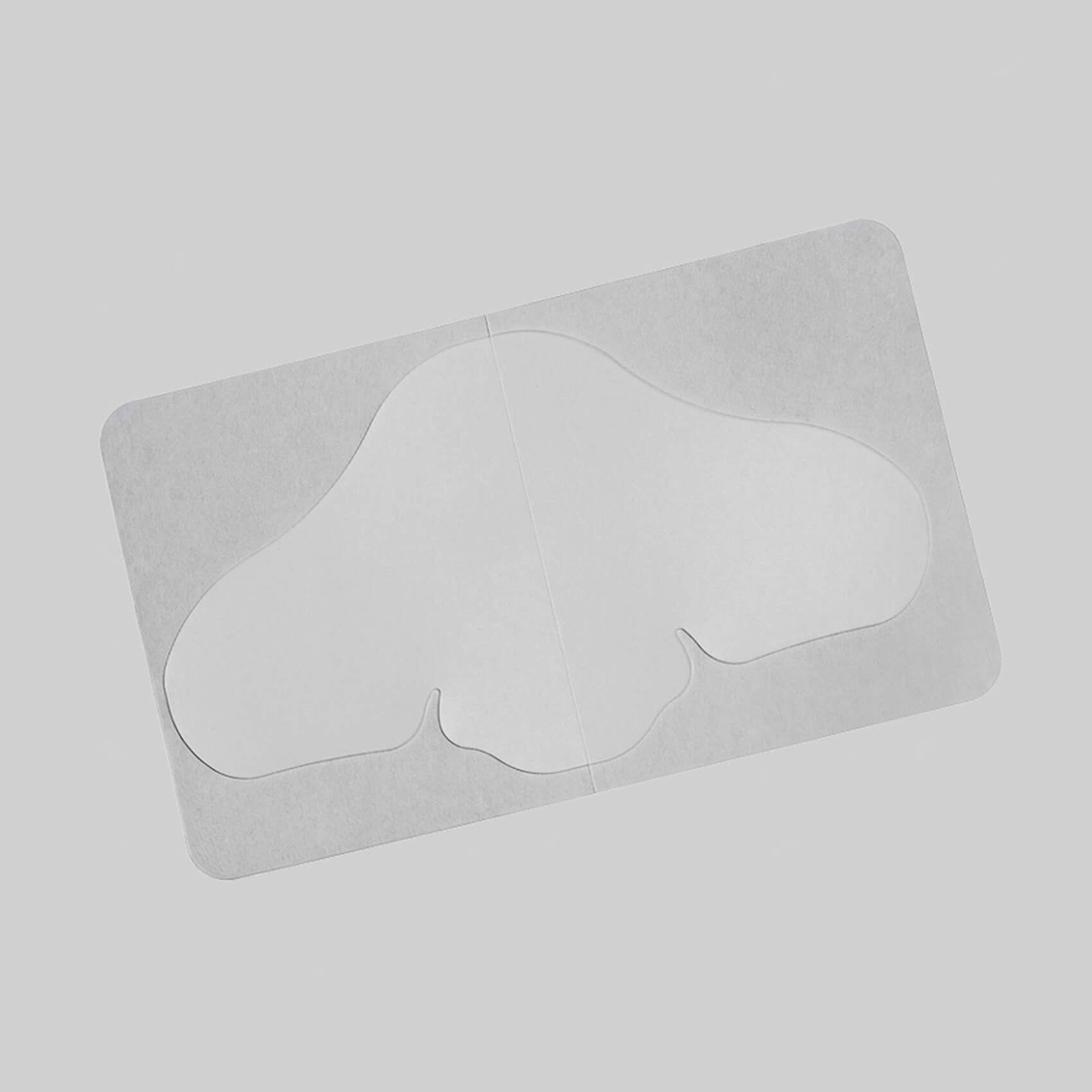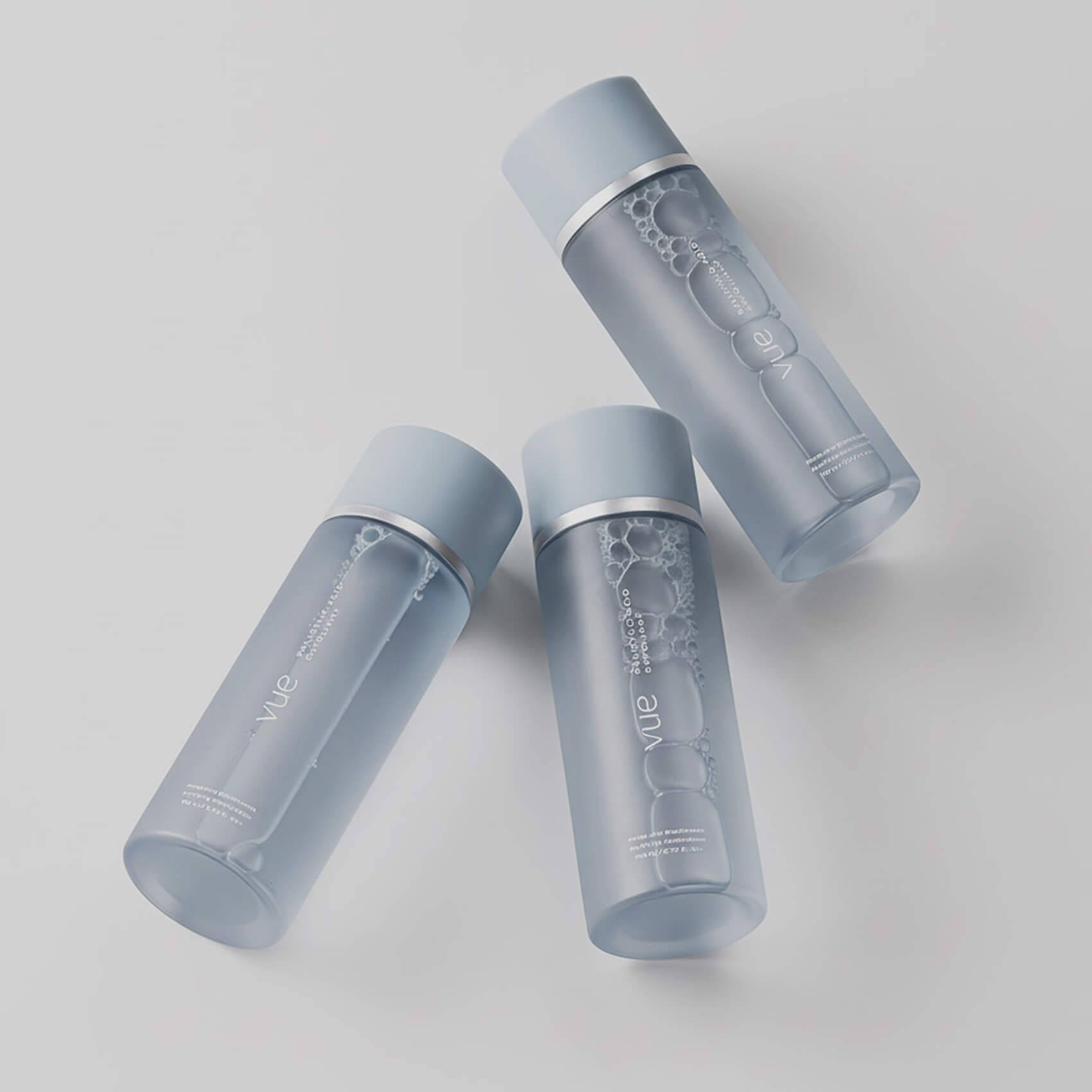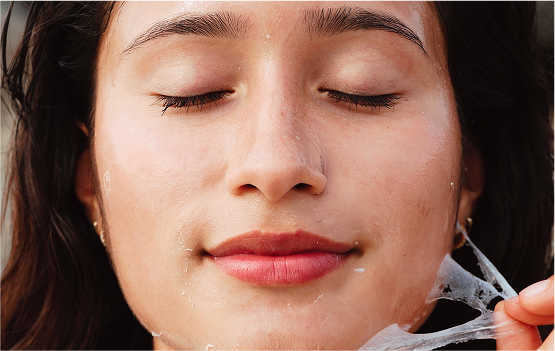Dealing with acne can feel like a never-ending battle, but what if the solution was as simple as sticking on a patch? Enter hydrocolloid patches—small but mighty tools revolutionizing the way we treat blemishes. Once a hidden gem in skincare, these discreet patches are now a must-have for anyone looking to tackle pimples head-on.
So, what’s their secret? How do these tiny patches not only heal acne but also help prevent scarring? Let’s dive into the fascinating science behind hydrocolloid patches and uncover how they speed up recovery, soak up excess oil, and protect your skin for a smoother, healthier glow.

What Are Hydrocolloid Patches?
Hydrocolloid patches were initially developed as medical wound dressings used to treat burns, blisters, and other skin injuries. The key feature of these patches is their ability to create a moist healing environment, which helps protect wounds from bacteria and accelerates healing. When applied to acne, hydrocolloid patches create a similar environment that helps the skin heal while keeping the blemish shielded from external irritants.
Made from a gel-like substance, these patches absorb fluid and create a barrier between the acne lesion and the surrounding environment. By pulling excess fluid, such as pus or oil, from the pimple, hydrocolloid patches promote faster healing while also reducing the risk of scarring.

How Hydrocolloid Patches Heal Acne
Hydrocolloid patches speed up the healing process of acne in several key ways:
Absorbing Excess Oil and Fluid
Acne forms when hair follicles become clogged with oil, dead skin cells, and bacteria. Hydrocolloid patches help by absorbing the excess oil and fluid from the blemish, which reduces its size and intensity. By drawing out the oil and pus, the patches create a cleaner surface, speeding up the healing process.
Creating a Moist Healing Environment
One of the key benefits of hydrocolloid patches is their ability to maintain moisture. When acne lesions dry out and form a scab, it can delay healing and increase the risk of scarring. Hydrocolloid patches lock in moisture, creating a healing environment that supports the skin’s recovery and prevents scabbing, reducing scarring risks.

Reducing Inflammation
Hydrocolloid patches also help reduce the inflammation often associated with acne. The moist environment helps calm irritation, minimizing redness and swelling. This not only makes the blemish less noticeable but also makes the healing process more comfortable.
How Hydrocolloid Patches Prevent Scarring
Scarring is one of the most frustrating aspects of acne. Fortunately, hydrocolloid patches play a vital role in preventing scars by maintaining an optimal healing environment. They create a barrier that prevents scabbing and helps reduce the temptation to touch or pick at the blemish, a common cause of deep scars.
By shielding the area from external pollutants and allowing the skin to heal naturally, hydrocolloid patches ensure that the acne lesion doesn’t undergo additional trauma, which significantly reduces the risk of hyperpigmentation and textural scars.

The Benefits of Hydrocolloid Patches for Acne Treatment
Beyond just healing acne and preventing scarring, hydrocolloid patches offer several other advantages that make them an excellent choice for acne treatment:
Gentle and Non-Irritating
Unlike many acne treatments that can be harsh on the skin, hydrocolloid patches are gentle. They don’t contain active ingredients that can cause irritation, making them suitable for all skin types, even sensitive skin. Additionally, the patches provide a protective layer that reduces the friction of clothing or makeup rubbing against the blemish, offering extra comfort.
Convenient and Discreet
Hydrocolloid patches are small and easy to use. They can be applied directly to the blemish and worn discreetly under makeup or overnight. Their unobtrusive nature makes them an ideal solution for anyone who wants to treat acne without drawing attention to it.

Versatile for All Stages of Acne
Hydrocolloid patches are effective for a variety of acne stages. Whether dealing with early-stage breakouts, cystic acne, or surface pimples, these patches work by absorbing fluid from the lesion or reducing inflammation and oil buildup, thus preventing new pimples from forming.
How to Use Hydrocolloid Patches for Best Results
For best results, apply the hydrocolloid patch once the pimple has fully formed, as this allows the patch to absorb the pus and fluid effectively. Leave it on for several hours or overnight. You’ll notice a visible reduction in the size and appearance of the pimple by the morning. Consistent use over a few days can lead to clearer skin and minimal scarring. Products like Vue’s acne patches are designed with this purpose in mind, offering an easy and effective way to speed up healing without irritating the skin.
Conclusion
Hydrocolloid patches are a fantastic tool in the fight against acne, offering an easy, non-irritating, and effective way to heal blemishes, reduce inflammation, and prevent scarring. Whether incorporated into a daily skincare routine or used as a targeted treatment, these patches work by maintaining a moist healing environment that accelerates skin recovery. Their ability to heal acne and reduce scarring makes them a valuable addition to any skincare regimen.
















